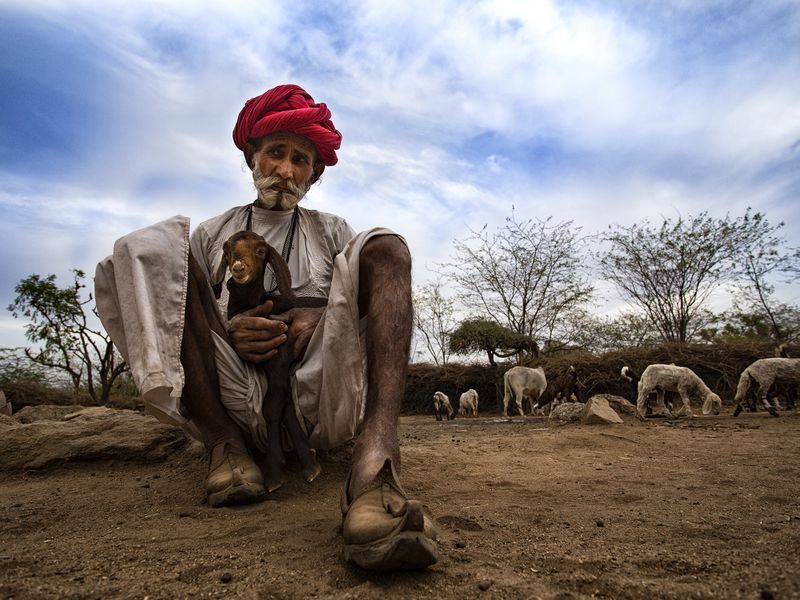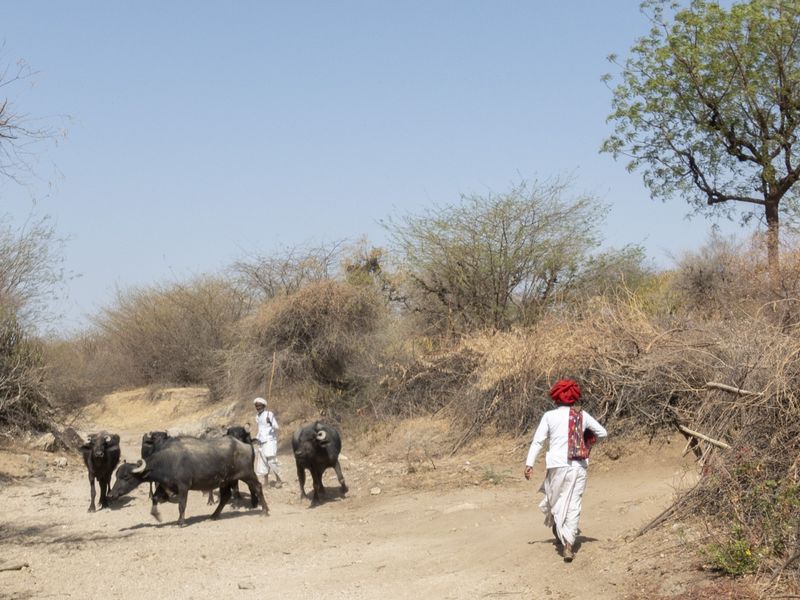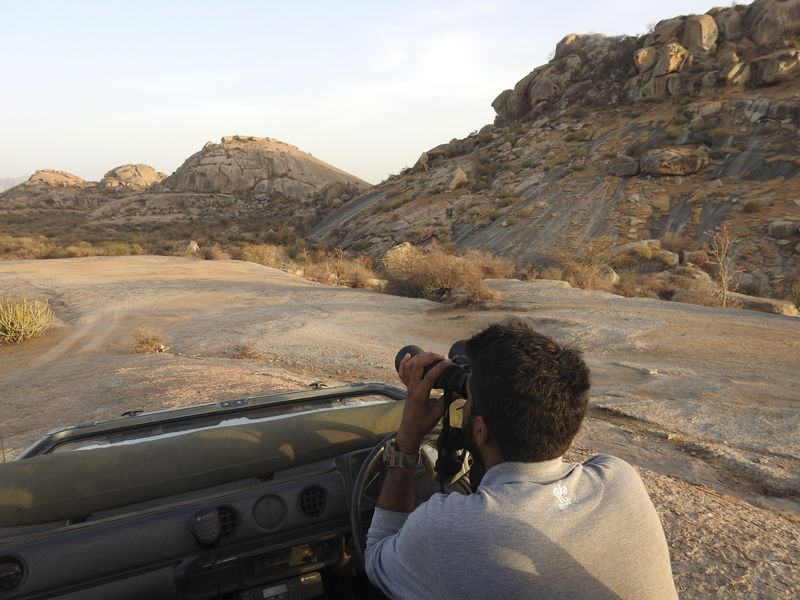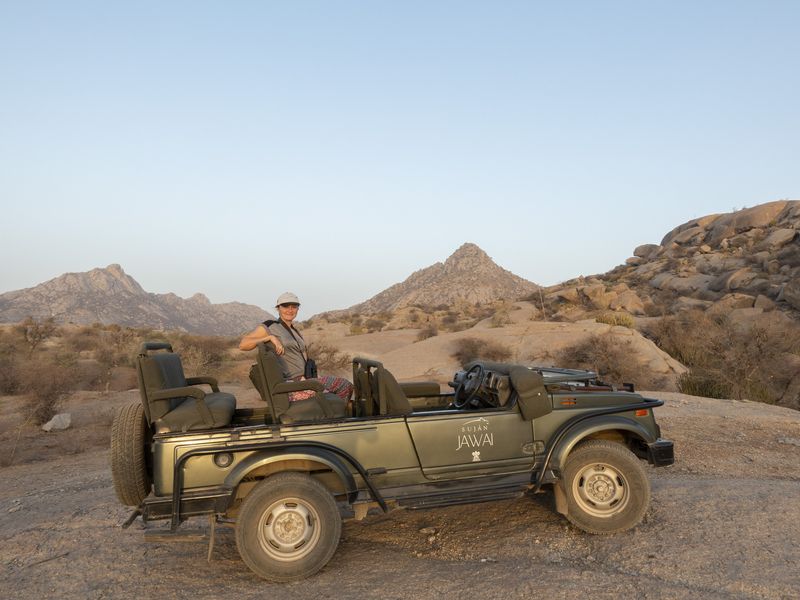Jawai: Land of leopards
Amid the dramatically wild landscape of Jawai, lithe leopards and nomadic communities have lived side-by-side in harmony for centuries. Step out of your simple safari lodge at sunrise, spend the day scanning the scenery for a glimpse of these beautiful big cats, and share campfire tales under a sky bursting with undiluted starlight.
India is often thought of as the land of tigers, but there’s a corner of Rajasthan where the leopard is king. Perhaps most remarkably, it isn’t a protected area or wildlife reserve but a living, breathing land sprinkled with small rural communities and their livestock.
Jawai is a landscape that might have been created especially for leopards. There’s wild scrubland dissected by sandy river beds, still lakes for drinking water, wispy bushes and trees for dappled shade, and granite outcrops peppered with small caves ideal for staying hidden. The leopards are well camouflaged and adept at avoiding humans, but are never far away.
That doesn’t mean these elusive cats never reveal themselves to visitors. With the help of a skilled local naturalist, the majority are lucky enough to spot a few shadow-like leopards prowling gracefully about their home territory. In between sightings you’ll pause beside lakes where cranes and flamingos preen, crocodiles lurk just below the surface, and deer flit through the surrounding trees.
You’ll also have the opportunity to meet members of Jawai’s Rabari communities, recognisable for their distinctive traditional dress; the women with long black headscarves and distinctive brass earrings, and the men standing out against the desert landscape in bright red turbans. The semi-nomadic Rabari are devotees of the Hindu god Shiva, the patron of wild things often depicted clad in a leopard skin, which reflects their unique relationship with their feline neighbours.
For the Rabari, maintaining this relationship has its rewards, not just in terms of religious duty, but because the leopard's presence helps keep other animals away from their crops. In turn, the leopards are able to live without fear of attack or poaching. The balance is so harmonious that there has been only one reported incident between humans and leopards in more than a century.
It's a thought-provoking insight into the age-old ways that humans and animals have been able to exist in harmony within a shared environment, but inevitably raises questions about the impact tourism will bring. Local residents successfully petitioned the Indian Government to stop mining in the area in 2015, but are still engaged in efforts to have the area designated a community reserve. The hope is that responsible tourism will add another voice to the calls to further protect this extraordinary landscape.
Our tip: If the chance to see leopards is more your thing than a stay in one of Rajasthan’s many converted forts or palaces (or if you’d like to do both!) then Jawai is the perfect detour between pink-walled Jaipur and the lakes of Udaipur. If you’re on the trail of tigers too, then why not include both Ranthambore National Park and Jawai in your adventure?



